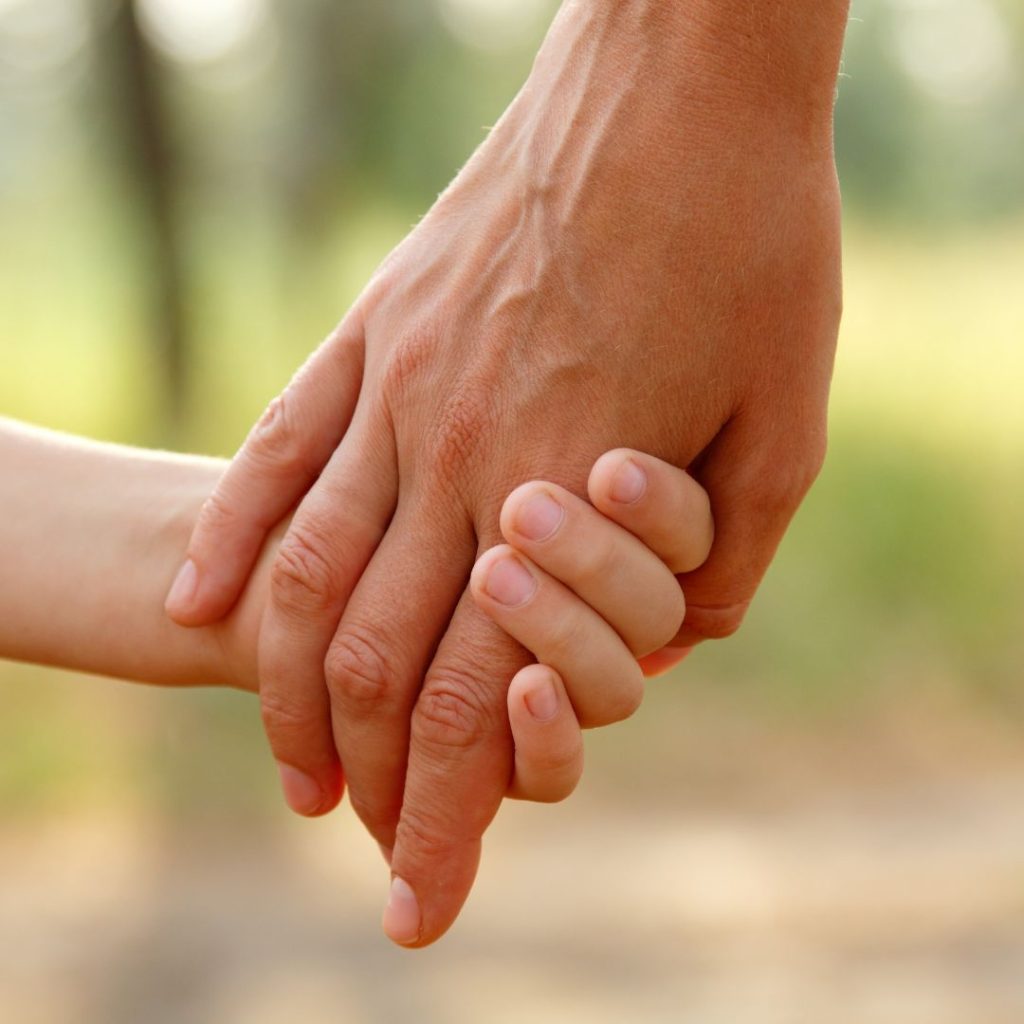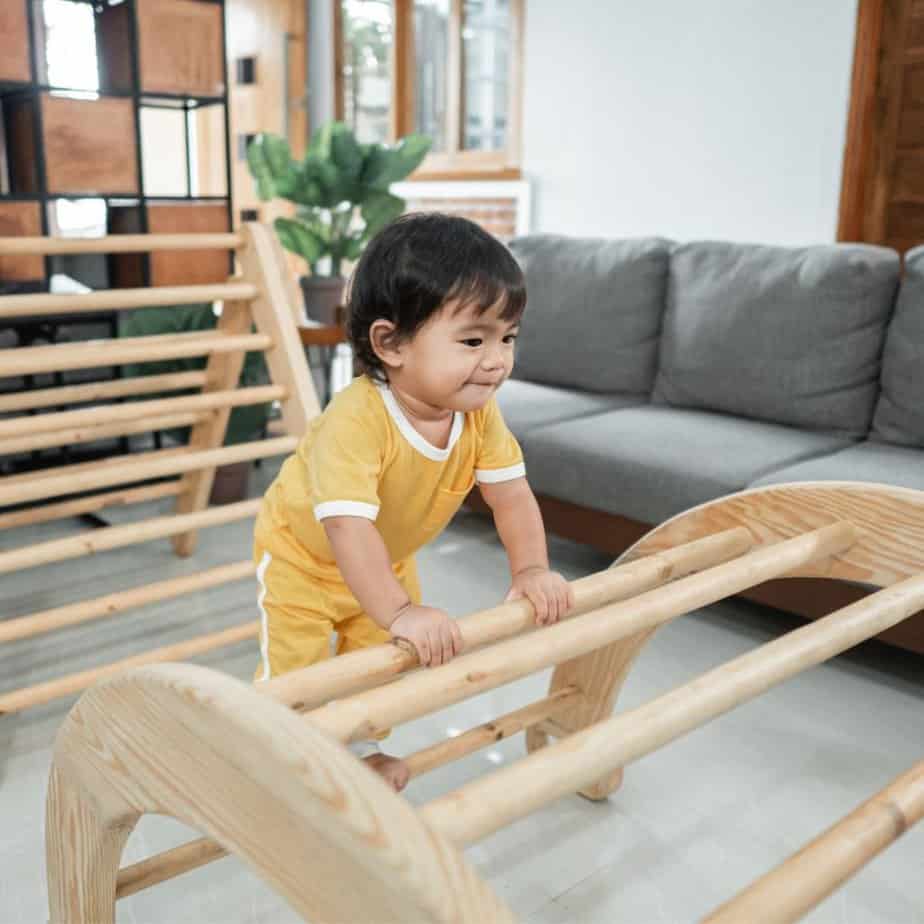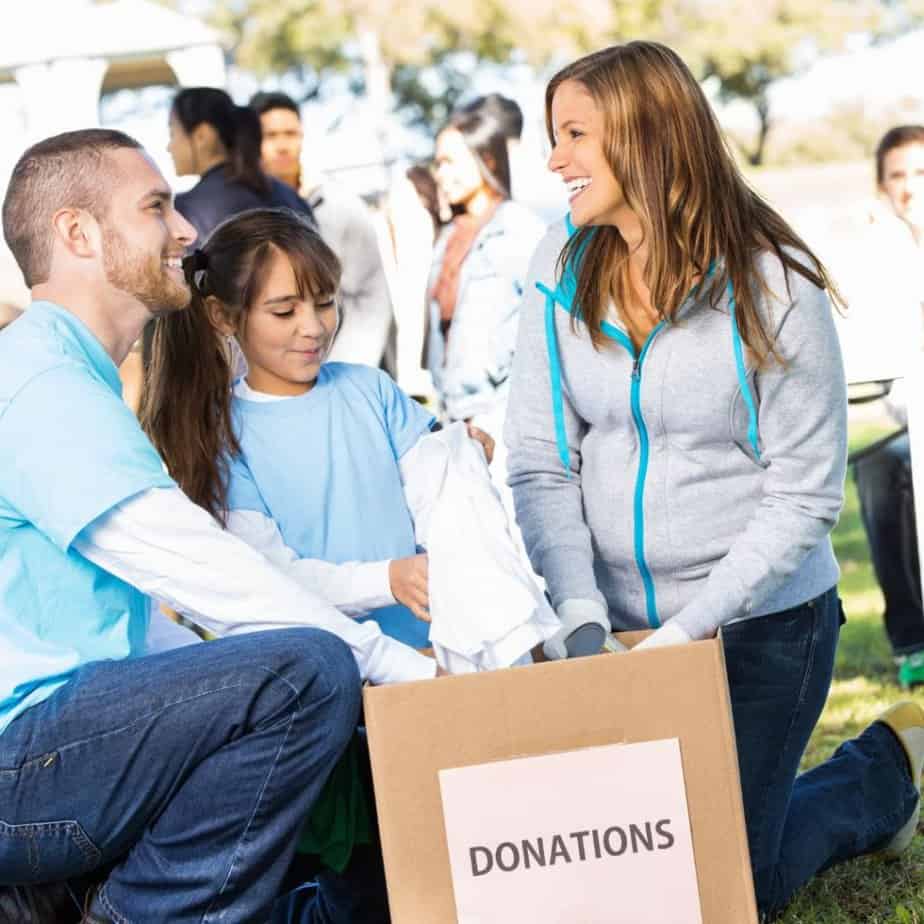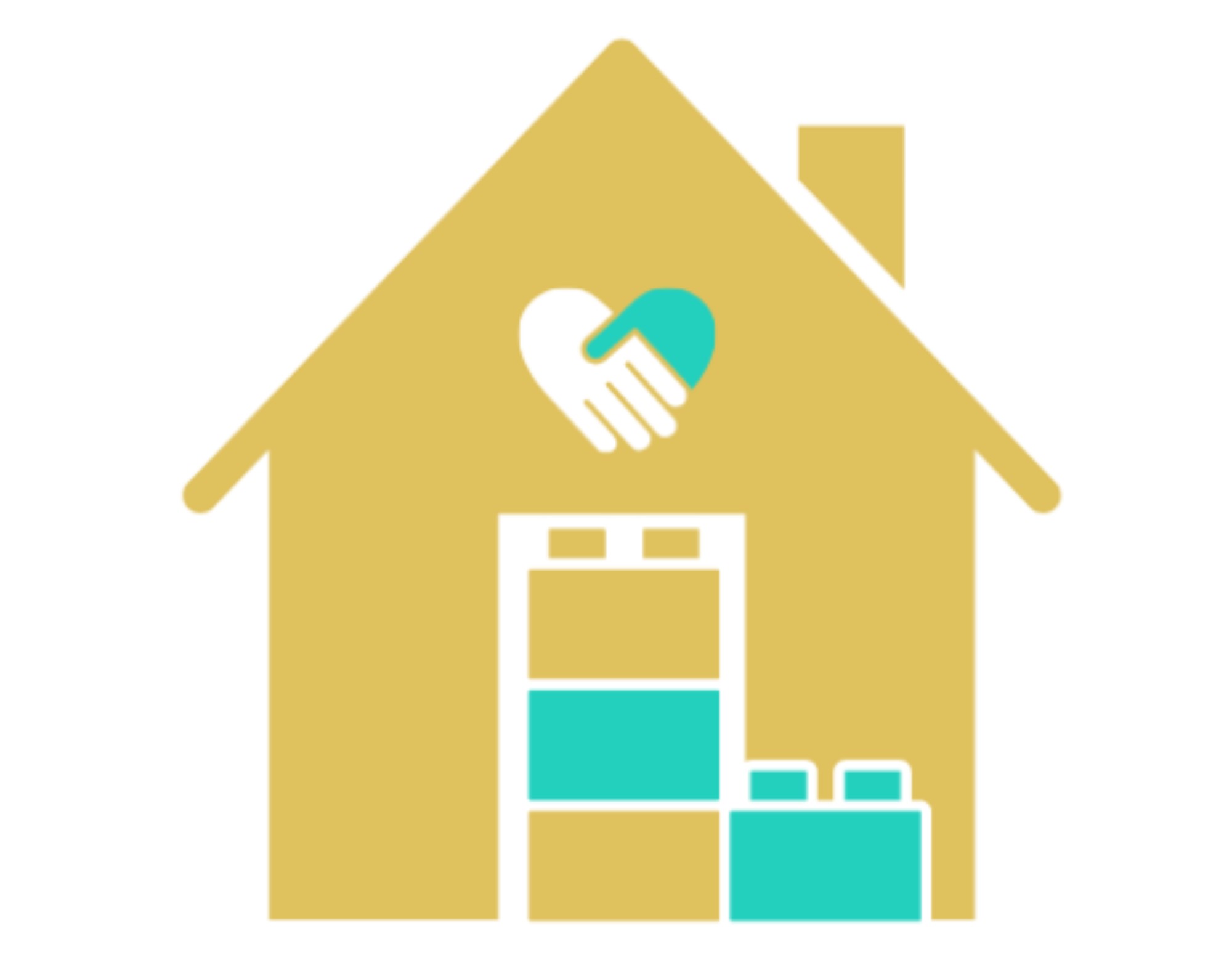We use affiliate links and may earn commission from purchases made through those links.
The greatest thing we can do for our kids is to show up right where you are and as you are. Here are 5 ways you can show up for your children.

It’s not always possible to protect our children from harm or hurt feelings as much as we want to. And like adults, they crave a sense of security. So when you can give your child a sense of a safety net, they try more, do more, risk more and fail more to grow and develop. It can feel counter-intuitive to let your kids fall and make mistakes but making mistakes helps them to tolerate stress and learn how to cope and manage challenging situations.

During the pandemic lock-down, I noticed that my oldest son really struggled with a fear of failure. For every math question, he would tentatively give an answer and look for affirmation. He was shy to participate in his zoom lessons for fear of being wrong. He would break down when we would ask him to relook at a something he wrote for spelling corrections. As I search for the source of his anxiety, I soon realized I didn’t need to look too far. It came from years of over-correction on my part and from me who for years thought my fear of failure was my super power.
This past year, my family started a weekly tradition of celebrating failures and mistakes of the week. At the end of the week, we take turns sharing what failure or mistake we faced and what we learned from it. The first time we did this, I shared first and then my oldest son shared. I clapped and said “that’s great!” He was surprised and asked why I was clapping. I told him “because mistakes are a part of life so they will happen no matter what. It’s what we learn from them that makes the difference to our future.” They all now love to clap and celebrate each other’s mistakes and it’s super important for them to see that their parents also have mistakes to manage on a regular basis.
This is a personal opinion. I think one of the most harmful cultural norms we’ve created as a society of this notion of tantrums and terrible twos or threes. Because behavior is communication. This behavior is communicating something and all you have to do is look beneath the surface to see it. These big and wild emotions can be triggering and difficult to manage. And often the more we try to rationalize with a toddler or young child, it only makes it worse. But when we pay attention to their emotions, the good and the bad, they feel seen and heard. You don’t have to agree, you just have to listen and let them go through their process. Emotional maturity isn’t attained until 22 years old so can you blame them for being a mess some days?
Over the last two years, I began to see this concept of time-ins. This philosophy is counter to the time out which isolates your child with the intention that they will calm themselves down. A time-in is when you stay with your child to coach them through the situation. It takes time and patience but I’ve seen the payoff and it is worth it. So when my 2.5 year old daughter is feeling frustrated and overwhelmed because she wants ice cream but it’s 9am in the morning, I sit with her as she has a cries and screams at me. I validate her emotions and tell her “I know you’re having a hard time. It can be hard when you don’t get what you want when you want it. I’m here for you if you need me.” She will start to settle down after 10-15 minutes but my 5 year old can sometimes take up to a half hour. All kids are different so there is a level of fluidness that is needed to navigate the big emotions.

Connection before correction. Children do need boundaries and to understand consequences but discipline is more effective if it’s lead by connection and empathy. That doesn’t mean to give children whatever they want, that’s not effective. If we always go to rescue, fix and over-protect, we can create good connections. Impactful connections are when both child and adult feel important and belonging. The power of this is that they will know that they always have you to turn to so that they’ll never suffer alone.
Some ways to create connection with your child include spending time together, listening, validating your child’s feelings, sharing your perspective and feelings when appropriate, ask questions, forge solutions to problems together, and sometimes all you need is a hug.
There are two times in the day that I always makes sure to make time for my children. First is when they wake up. I love being the first person they see and get a chance to start the day positively with a good morning hug. Second is when they go to bed. This is my favorite time. I try my best to keep my phone away to not be distracted and I can focus on them. It’s not always the case but I try my best. We get to talk about our day, we play, read and it’s the last chance to end the day positively. Don’t get me wrong, there are some nights where none of this happens but more often than not because we just do our best. The third time that I try but can’t always make it happen is when they return home from school or camp. I love greeting them with a hug and telling them how much I missed them and hearing all about their day. Sometimes I can squeeze in an activity or play and I always notice a behavioral difference on the days that I can do this. It reaffirms the importance of connection for me every time.
I want to stress that I am anti-mom guilt and for some parents, they aren’t always available these same times and that is perfectly ok. Just do the best you can and what works for your family.

Kids learn best from you because you are their greatest teacher. Modeling works. The more they see you owning up to your mistakes and how you handle those situations, the more confident they will be handling those type of situations. The more you can stay calm, the sooner they will learn to be calm. The more they see you treat people with respect or go out of your way to be helpful, the more respectful and helpful they learn to be.
The flip side of being a good model for your child is owning up to when you aren’t doing it. If I lose my calm, after the storm has settled, I will sit down with my kids to apologize and let them know how I will do better next time. Sometimes I ask for their suggestions of what I can do and they often surprise me with how empathetic and astute they are even at a young age.
It’s not that hard. Say what you mean, mean what you say and do what you say you will. The consistency of this even if exhausting at times will leave your child a sense of security that grounds them when things take a turn. I make sure I’m there for the important things to them even if it’s not necessarily important to me. My oldest son loves to ask me if I love the activity or event. I’m always honest so when my answer is
The KidsGiving Project is a subscription box that spreads kindness one project at a time so you and your child can share in the joys of giving as a family. Each box includes a DIY charity project, book and special items and keepsakes to bring the gift of giving experience to life. Join the waitlist now
Spreading kindness, one project at a time

